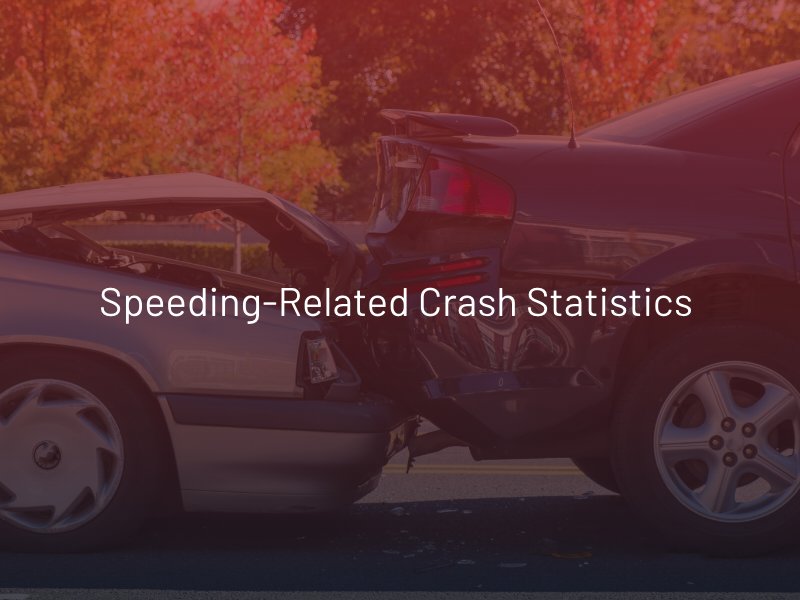Why is Speeding Dangerous?
Speeding is one of the most common and dangerous driving behaviors on roads today. While it may seem harmless to exceed speed limits occasionally, the reality is that speeding significantly increases the risk of car accidents and the severity of injuries. Understanding why speeding is dangerous can help promote safer driving habits and reduce the incidence of traffic-related injuries and fatalities.
Reduced Reaction Time
One of the primary reasons speeding is dangerous is that it dramatically reduces a driver’s reaction time. When driving at higher speeds, the distance a vehicle travels while the driver reacts to a hazard or sudden change in traffic conditions is much greater. In effect, drivers may start to brake when it is already too late.
Increased Stopping Distance
Speeding also increases the stopping distance of a vehicle. The stopping distance is the total distance a vehicle travels from the moment a driver perceives a need to stop (reaction distance) until the vehicle actually comes to a complete stop (braking distance). As speed increases, both reaction and braking distances grow exponentially, making it harder to stop in time to avoid collisions.
Greater Force of Impact
The force of impact in a collision is directly related to the speed at which the vehicles are traveling. Higher speeds result in greater impact forces during a collision, which significantly increases the likelihood of severe injuries or fatalities. The kinetic energy of a moving vehicle is proportional to the square of its speed, meaning that doubling the speed quadruples the kinetic energy.
Loss of Vehicle Control
Driving at high speeds can make it more difficult for drivers to maintain control of their vehicles. The effectiveness of steering and braking systems can be compromised, making it harder to navigate curves, avoid obstacles, or make sudden maneuvers. Additionally, high speeds can amplify the effects of road conditions, such as wet or icy surfaces, increasing the risk of skidding or hydroplaning.
Reduced Effectiveness of Safety Features
While modern vehicles are equipped with advanced safety features designed to protect occupants during a crash, these systems are less effective at high speeds. Seat belts, airbags, and crumple zones are all designed to function optimally within certain speed ranges. When collisions occur at higher speeds, the forces involved can overwhelm these safety features, leading to more severe injuries or fatalities.
Speeding-Related Crash Statistics

- Fatalities by Year: Between 2015 and 2019, the number of fatalities varied, with 112 in 2015, peaking at 126 in 2016, and decreasing to 87 by 2019.
- Driver Demographics: Male drivers aged 26 to 30 comprised the largest group of at-fault drivers in fatal speeding-related crashes, accounting for 16%. This age group is often associated with higher risk-taking behaviors, including speeding.
- Time and Conditions: Most fatal speeding-related crashes occurred during the evening hours, particularly between 6 PM and 11:59 PM. Nearly half of these crashes took place at night without street lighting, highlighting the compounded risks of speeding in low visibility conditions.
- Days of the Week: The majority of these crashes occurred from Friday to Sunday, with Saturday being the most dangerous day, accounting for 20% of the weekly total.
- Crash Types: The most common crash types included single-vehicle collisions involving a fixed object (30%), angle collisions (21%), and rollover/overturn crashes (15%).


